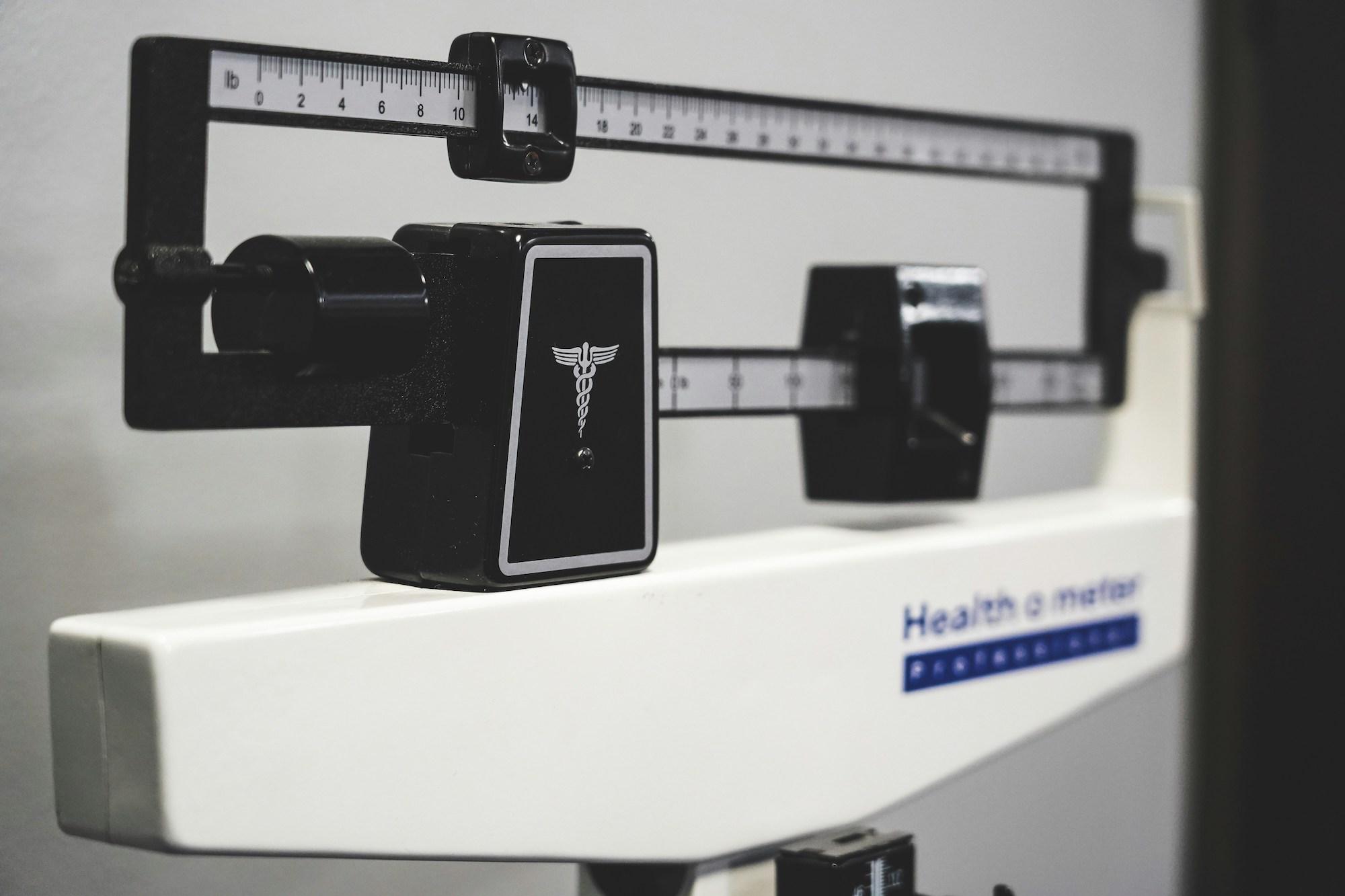What Is SIBO and Why Is It So Hard to Treat?
SIBO stands for Small Intestinal Bacterial Overgrowth, which is caused by excessive bacteria in the small intestine. For reference, the average small intestine has <1,000 bacteria/mL, in SIBO, it can reach up to >1,000,000/mL.
Symptoms of SIBO include bloating, gas, diarrhea, constipation, abdominal pain, and malabsorption, but it can be difficult to diagnose. It’s often misdiagnosed as IBS or missed entirely. Causes vary but include motility issues, low stomach acid, adhesions, chronic stress, and certain medications, and treatment is complex due to the often-overlapping root causes and gut microbiome imbalances.
Why SIBO Often Comes Back – Understanding Relapse
SIBO is associated with a high relapse rate, with about ~45–50% chance of recurrence within a year after treatment. Underlying conditions like hypothyroidism, Ehlers-Danlos syndrome, and diabetes can impair gut motility and contribute to relapse. A few more reasons why SIBO often recurs include:
- Unaddressed root causes (e.g., poor motility, anatomical issues).
- Incomplete treatment (antibiotics without lifestyle/diet support).
- Gut-brain axis dysfunction (stress and vagus nerve dysregulation).
- Nutritional deficiencies that impact gut repair and immune function.
- Stress and poor sleep increase intestinal permeability, slow motility, and disrupt the migrating motor complex (MMC).
Why Diet Plays a Key Role in SIBO Recovery
When used correctly, diet and nutrition can help manage symptoms during treatment for SIBO, specifically helping alleviate bloating, gas, and motility issues. Clinical studies support the use of low-FODMAP and elemental diets in reducing symptoms of SIBO and gas production. These diets support mucosal healing and reduce fermentable substrates for bacteria, but should always be followed with the ongoing support and guidance of a professional.
Nutrition that reduces inflammation and supports digestive enzyme function is also helpful, as are lifestyle modifications like how much you chew and how you space out your meals. Specific nutrients like zinc, glutamine, and butyrate aid in gut lining repair post-treatment.
The Role of a SIBO Nutritionist – More Than Just Meal Plans
Working with a nutritionist to tackle your SIBO allows you to get personalized strategies based on your specific gas profile, including hydrogen-predominant, methane-predominant (now referred to as IMO), or mixed, as these influence symptoms, treatment, and dietary needs. A nutritionist can also help you:
- Identify and reintroduce tolerated foods safely post-treatment.
- Address lifestyle and behavioral factors like eating hygiene and stress.
- Support gut healing with supplement protocols (e.g., motility agents, gut lining support).
- Coordinate with GI MDs and functional practitioners for holistic care.
- Manage food fear and disordered eating patterns that can develop from chronic gut issues.
The Difference Between a SIBO Doctor and a SIBO Nutritionist
Working with a doctor and nutritionist for SIBO are both essential, but different. Doctors can diagnose and treat the infection, while dietitians rebuild the gut microbiome and reduce your chance of relapse. A SIBO doctor can also order tests (such as a breath test), and prescribe antibiotics or herbal antimicrobials. A SIBO dietitian, on the other hand, helps you implement and maintain dietary/lifestyle strategies before, during, and after treatment.
SIBO-Friendly Meals – What to Eat and What to Avoid
For managing SIBO symptoms, focus on:
- Low FODMAP, low-residue, or Specific Carbohydrate Diet (SCD) variations during acute phase. Note that FODMAPs are not “bad” foods; they simply feed bacteria and can exacerbate symptoms of SIBO. You can always reintroduce them later!
- Easily-digestible proteins, cooked low-FODMAP veggies, healthy fats.
- Individualization—food triggers vary widely from person-to-person, so it’s important to focus on what your body is telling you! A registered dietitian can help you identify these, too.
- When bloating or motility issues are intense, opt for blended soups and purees, as they are easier to digest and absorb.
For managing SIBO symptoms, avoid:
- Peels and seeds of fruits and vegetables when symptoms are flaring to reduce insoluble fiber that can aggravate symptoms.
- Limit fermentable carbs, high-roughage fibers, sugar alcohols, and processed foods.
- Avoid restrictive diets to avoid microbiome depletion.
Support Digestion Naturally
- Taking digestive bitters or apple cider vinegar (5–10 min before meals) may help stimulate stomach acid and bile flow.
- Ginger (tea, capsules, or fresh slices) is a natural prokinetic, supports motility, and helps ease nausea.
- Turmeric has anti-inflammatory and antimicrobial properties that can support gut healing in between SIBO flares.
- Use fennel, peppermint, or caraway seeds to soothe bloating and reduce gas.
Hydration & Bowel Motility
- Drink plenty of still water between meals, but avoid gulping large volumes during meals to maintain stomach acid concentration.
- A warm cup of lemon water or ginger tea in the morning can gently stimulate digestion and regularity.
Meal Timing & Behavior
- Space meals 4–5 hours apart during the day to activate the Migrating Motor Complex (MMC), this “cleans” the small intestine between meals.
- Avoid snacking or grazing to allow the gut’s natural cleansing wave to occur.
- Chew thoroughly (20–30x per bite) to reduce mechanical burden on the small intestine and improve enzymatic digestion.
- Eat in a calm environment, seated and unrushed, stress activates the sympathetic nervous system, impairing digestion.
Best Foods for SIBO Recovery
- Cooked greens (zucchini, carrots, spinach), squash, peeled fruits.
- Animal proteins: eggs, chicken, fish (easy to digest).
- Bone broth, gut-soothing teas (ginger, peppermint).
- Small amounts of fermented foods post-treatment (case-dependent).
- Medium-chain fats (ghee, coconut oil) – easy on digestion.
Why a One-Size-Fits-All Diet Doesn’t Work for SIBO
Symptom triggers differ by person and SIBO type. Your individual gut motility, enzyme production, coexisting GI issues (IBS, gastroparesis) all affect tolerance. A nutritionist can tailor your SIBO plan based on symptom tracking, food journals, and response to reintroductions. A phased approach is crucial, not just to eliminate trigger foods, but also to rebuild your tolerances and maintain nourishment.
Success Stories – How Nutrition Helped Clients Overcome SIBO
Note: Names have been changed to protect patient privacy.
The Recurring SIBO Case – “Anna”
Background:
“Anna” is a 38-year-old woman with a 5-year history of recurrent SIBO. She had been through 4 rounds of rifaximin with only temporary relief. She was stuck in a restrict–relapse cycle, was terrified to reintroduce carbs, and experiencing hair loss, fatigue, and nutrient deficiencies.
How we helped:
Working with Anna, an RD was able to identify that her relapse was tied to undiagnosed hypothyroidism and erratic meal spacing. We implemented a phased diet with motility support and nutrient replenishment, and taught her how to reintroduce higher FODMAP foods strategically while supporting the gut lining.
Now, “Anna” is 7 months symptom-free and eating a much more diverse, nourishing diet.
The Plant-Based SIBO-C Client – “Jared”
Background:
“Jared” is a 45-year-old vegan male with methane-dominant SIBO (IMO) and chronic constipation. High-fiber plant foods triggered bloating and made him feel worse. He was advised to “cut carbs,” but struggled to maintain his plant-based lifestyle and protein intake.
How we helped:
A Registered Dietitian created a personalized low-FODMAP vegetarian protocol for “Jared” with emphasis on tofu, tempeh, quinoa, and peeled/cooked produce. We also introduced soluble fiber supplements, small portions of tolerated legumes, and ginger tea to improve motility. Additionally, we educated “Jared” on meal spacing and gut-soothing recipes that fit his values.
Now, Jared is experiencing more regular bowel movements, reduced bloating, and can maintain his vegan lifestyle without fear.
The Post-Antibiotic Gut Repair Client – “Sophia”
Background:
“Sophia” is a 31-year-old woman post-Xifaxan + Neomycin. After treatment, her symptoms were better, but she was unsure what to eat next and afraid of relapse. Additionally, she felt confused by the various advice online, and ultimately felt safe eating ~5 different foods, and was experiencing fatigue and weight loss as a result of her limited diet.
How we helped:
We helped “Sophia” introduce gut-rebuilding foods like bone broth, steamed greens, and fermented carrots into her diet, as well as coaching her through food reintroduction using a food/symptom journal. Additionally, we added zinc, magnesium, and glutamine supplements into her routine for mucosal support.
Now, “Sophia” has improved energy levels, has been able to successfully reintroduce over 15 foods, is experiencing normal BMs, and regained food confidence.
Take Control of Your Gut Health – Work with a SIBO Nutritionist Today!
For anyone out there struggling, please know you don’t have to navigate SIBO alone. Working with an RD can provide clarity, structure, and sustainable strategies to heal your gut and ease your symptoms, and allow you freedom and enjoyment of food once again. To get support for SIBO or other digestive challenges, you can schedule an appointment with a Culina Health Registered Dietitian today!






